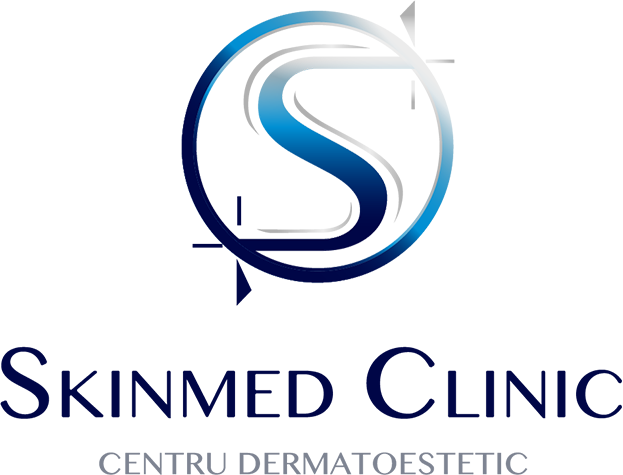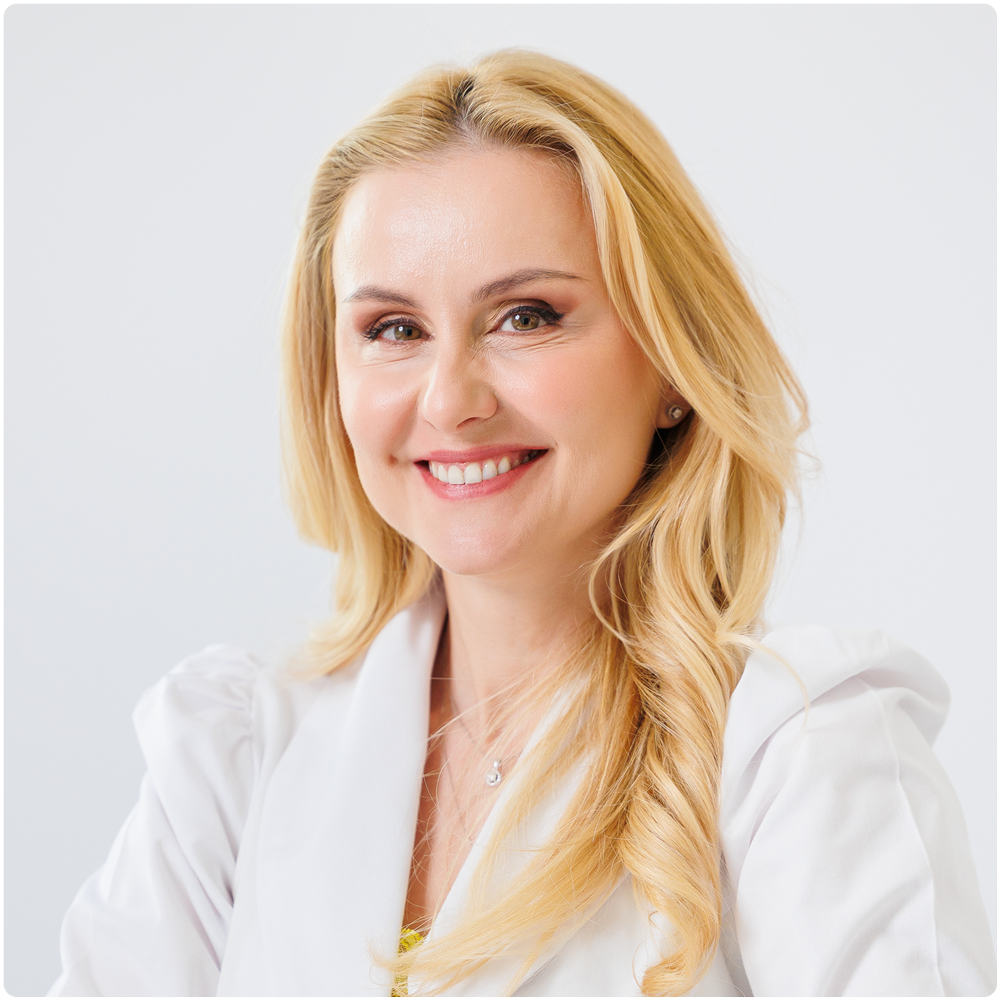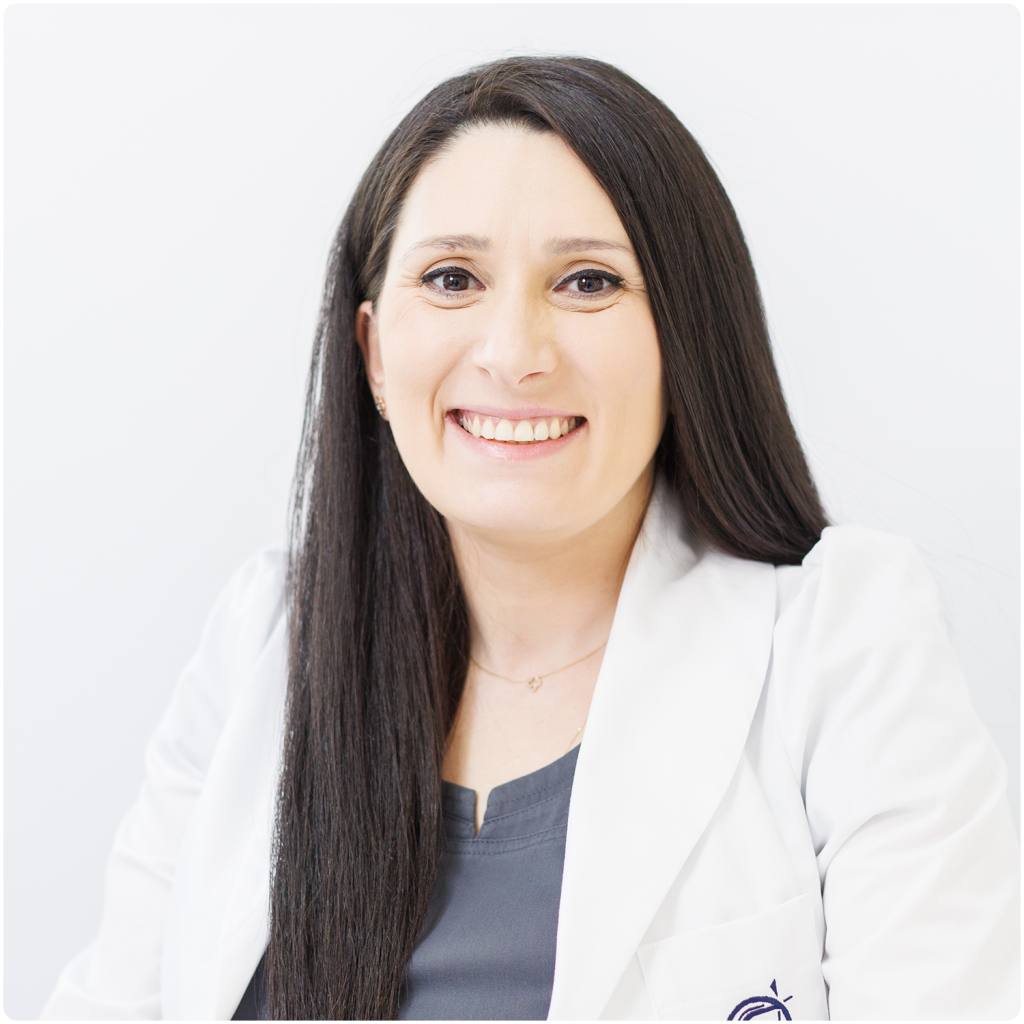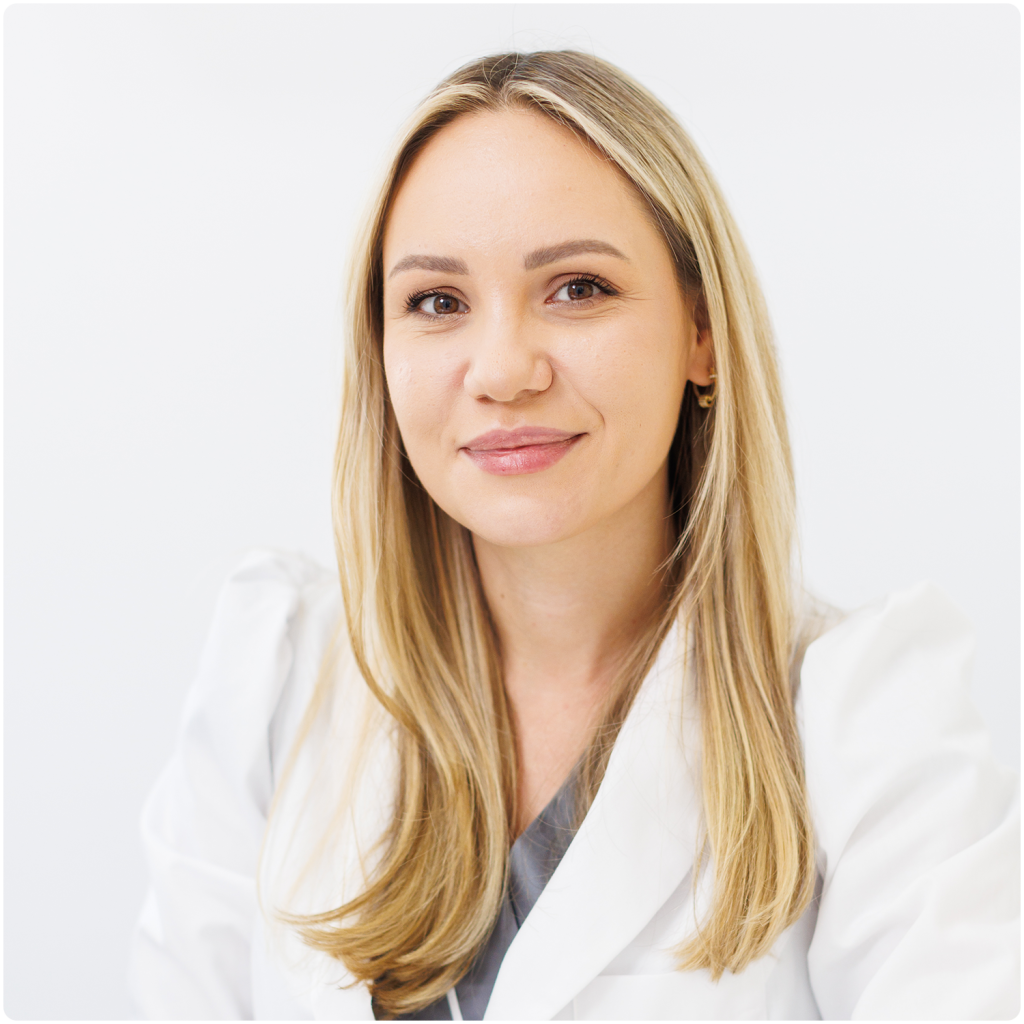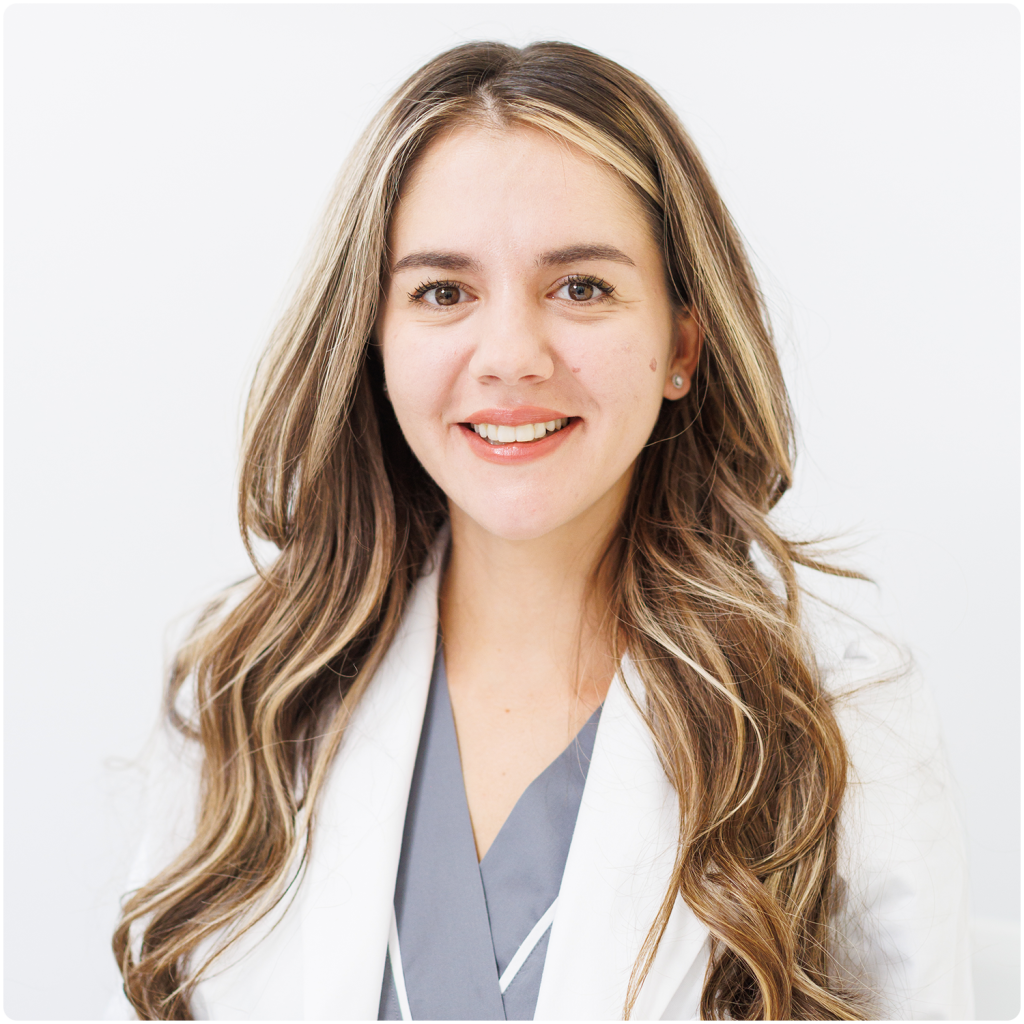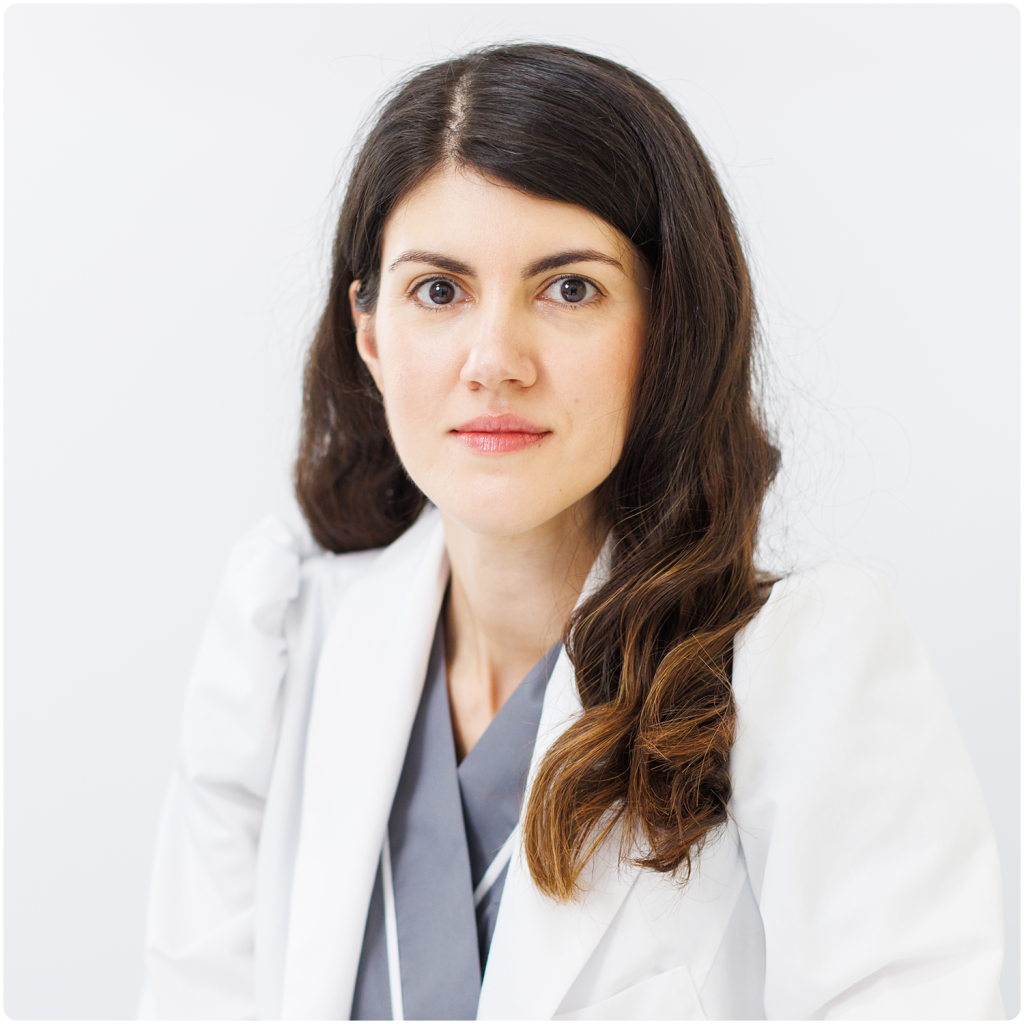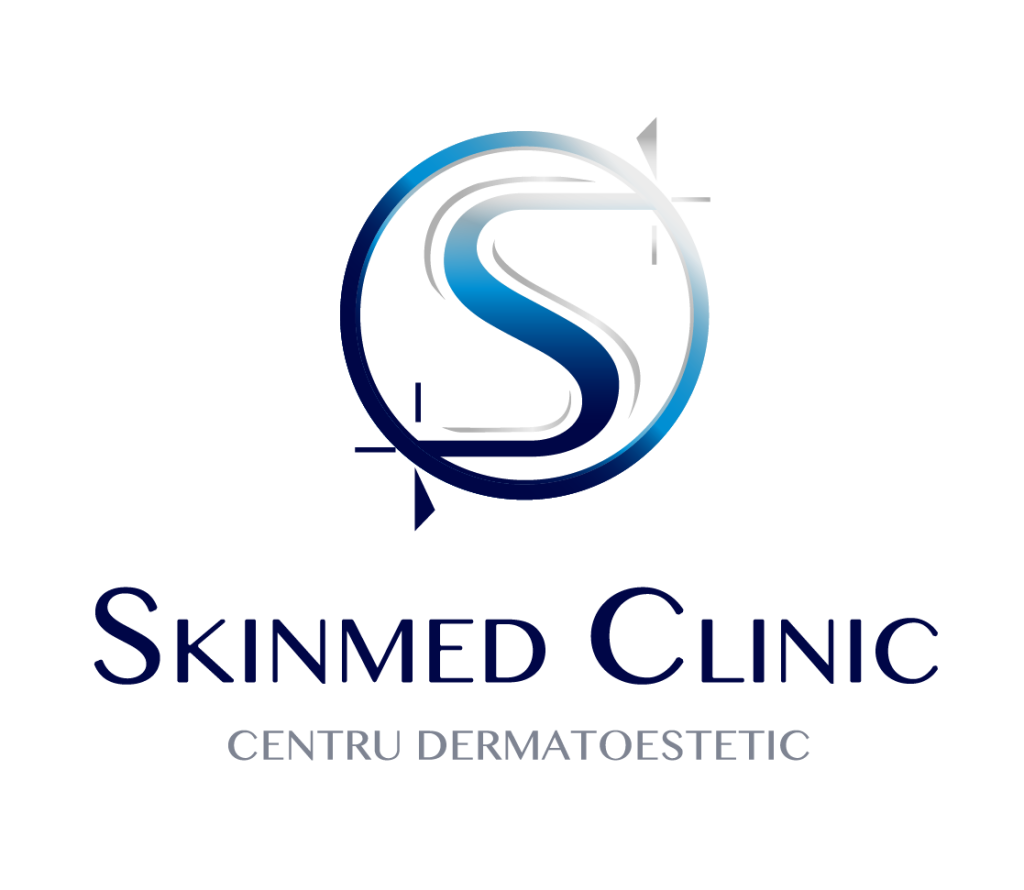When we show skin, we want it to look flawless, without stretch marks or other imperfections
Stretch marks
and the most effective treatments of the moment
Who are we talking to?
Those for whom stretch marks are a problem. Whether you've had weight fluctuations, been pregnant or suffered from hormonal disorders, in SKINMED® you'll find the most effective stretch mark treatments of the moment, which will get you back into optimum shape in no time.
Why choose SKINMED® experts?
Because we have all the resources to make your skin healthy and beautiful. For us, beauty is health! SKINMED® experts specialise in the diagnosis and treatment of skin conditions, with the most effective diagnostic and treatment technologies at their disposal to achieve the best results in complete safety. In addition, our entire team is committed to helping our patients feel comfortable during their visit to the clinic. Our treatments are carried out in complete safety and in compliance with current sterilisation regulations. We pride ourselves on our compassionate and personalized approach to each patient and are honored to be able to be there for you, ensuring your health, beauty and skin integrity!
Benefits of stretch mark treatment in SKINMED®
What are stretch marks?
Stretch marks are those parallel stripes of a different colour and texture from the surrounding skin, most often appearing on the abdomen, but also on the thighs, buttocks, arms or chest. They can occur regardless of age, gender or skin phototype. Although medically harmless, stretch marks can have a major impact on self-esteem.
The most effective stretch mark treatments
Treatment of stretch marks is a challenge in dermatology, especially in the case of mature stretch marks, when the healing process is complete.
Topical preparations (silicone gels, creams or various products containing retinol) have been shown to be of limited effectiveness and only work in the treatment of recent stretch marks. For the treatment of mature stretch marks, we propose minimally invasive treatments involving a reduced number of sessions.
See details
Most patients notice improvements of over 80% in stretch marks appearance and skin quality after completing a series of treatments. The CO₂ laser wave reaches deep into the dermis causing microcolumns of controlled injury. This activates the production of new collagen and elastin fibres and the skin begins a proper healing process. The procedure is performed under local anaesthesia, recovery is short (5-7 days) and does not interfere with daily activities. In general, 4-6 sessions every 1 month are required.
See details
PIXEL RF, from the Accent Prime Alma Lasers platform, combines mechanical, ablative and thermal effects to regenerate epithelial tissue and stimulate collagen synthesis. It enables safe and highly effective treatment of the treated area, improving both skin texture and colour. The procedure is performed after application of a topical preparation with an anaesthetic effect. Recovery time is 3-7 days. In general, 4-6 sessions are required every month. Results start to appear even after the first treatment session and continue to improve throughout the sessions. The results are permanent.
Doctors EXPERT in the treatment of stretch marks
In SKINMED®, you will find highly experienced medical specialists working with the latest results of medical research on prevention and treatment, using state-of-the-art medical equipment and products. We look forward to meeting our doctors for a treatment tailored to your needs!
SKINMED experience and technology®, for flawless looking skin!
Advantages SKINMED®
Experience
- Over 19,000 patients treated in the clinic
- Over 300 new patients every month
- Over 3,500 new patients annually
- Over 20,000 treatments per year
Credits
- FOTOFINDER-accredited Centre of Expertise in the Diagnosis and Treatment of Skin Cancer
- ALMA LASER accredited laser treatment centre of expertise
- ALLERGAN accredited centre of expertise in Aesthetics and Medical Injecology
Safety
- Only world-class accredited technologies
Other treatments you might be interested in
Frequently asked questions
What are stretch marks and why do they occur?
Stretch marks are streaks with a different texture and colour from the surrounding skin, medically called striae albae or striae rubrae. They can occur regardless of age, gender or skin phototype. Although medically harmless, stretch marks can have a major impact on self-esteem. They are common in teenagers or during pregnancy, but not only. There are a number of risk factors for their appearance, such as female gender, genetic predisposition, hormonal disorders or obesity.
Although not associated with complications, stretch marks can be, in rare cases, itchy or cause local discomfort, especially at onset. The diagnosis of stretch marks is made after a specialist consultation, clinical examination and history.
How many types of stretch marks are there?
There are two types of stretch marks:
Recent stripes (striae rubrae) are red/pink-purple or black-purple in the case of dark phototypes, and at this stage the fragmentation of collagen fibres is also associated with an inflammatory process. Mature oysters (striae albae) are pearly white and are basically a vicious dermal scar.
Why do stretch marks appear?
Stretch marks frequently occur in teenagers and during pregnancy, when there is a sudden increase in height or major changes in weight, but can also be the result of certain hormonal imbalances or disorders (excess cortisol, Cushing's syndrome, Marfan's syndrome, etc.) or medication. They appear as pinkish-purple or white streaks as a result of changes in collagen fibres and elastic tissue in the skin when it is subjected to increased stress.
How does the CO₂ laser work against stretch marks?
The split CO₂ laser allows the specialist to act on the lesions: the laser wave reaches deep into the dermis causing microcolumns of controlled injury perpendicular to the skin layers. Thus, fibroblasts are activated, the production of new collagen and elastin fibres increases, and the skin begins a proper healing process.
How does Pixel RF technology work?
How does Pixel RF, the latest generation radiofrequency, work against stretch marks?
Radiofrequency converts nitrogen and oxygen in the air into plasma sparks, with a double effect on the skin. Combining 2 effects, both the mechanical, ablative effect - which stimulates the regeneration of epithelial tissue, and the thermal effect - which stimulates fibroblasts and increases collagen synthesis, this technology allows a safe and highly effective treatment of the treated area, improving both skin texture and colour.
How long does a radiofrequency session last and what does it consist of?
A treatment session can last between 30-40 minutes, depending on the size of the treated area, including anaesthesia time. After preparing the integument, the dermatologist will use the Pixel RF applicator over the entire treated area, using both ablative and thermal modes to treat stretch marks as effectively as possible.
How long does a CO₂ laser session last and what does it consist of?
A treatment session can last between 30-40 minutes, depending on the size of the treated area, including anaesthesia time. The procedure is carried out after prior application of a topical anaesthetic in the form of a cream, thus minimising the discomfort felt by the patient. Recovery is short-lived, the skin may be slightly erythematous and covered with scales/punctate scabs for several days (5-7 days) without interfering with daily activities.
How painful are the treatments?
Both procedures are performed after the application of a topical anaesthetic product, so the patient will only feel a mild warming sensation throughout the treatment.
What is the recovery time for the two treatments?
In both cases, immediately after the procedure, the skin will show mild-to-moderate erythema, which will subside in a short time. Recovery time is 3-7 days, depending on the severity of the stretch marks, the size of the treated area and the individual patient's specificities. During the short recovery period, the patient will apply epithelialising products at home and will be able to continue their daily activities without discomfort.
How many radiofrequency sessions do I need?
Several sessions (4-6) are required, the number and frequency of which are determined by the dermatologist following the initial consultation. Sessions are generally carried out every month.
How many CO₂ laser sessions do you need?
In general, a series of 4-6 sessions spaced a month apart is required to achieve optimal results, but the number of sessions varies depending on the individual patient and will be determined following the initial consultation.
